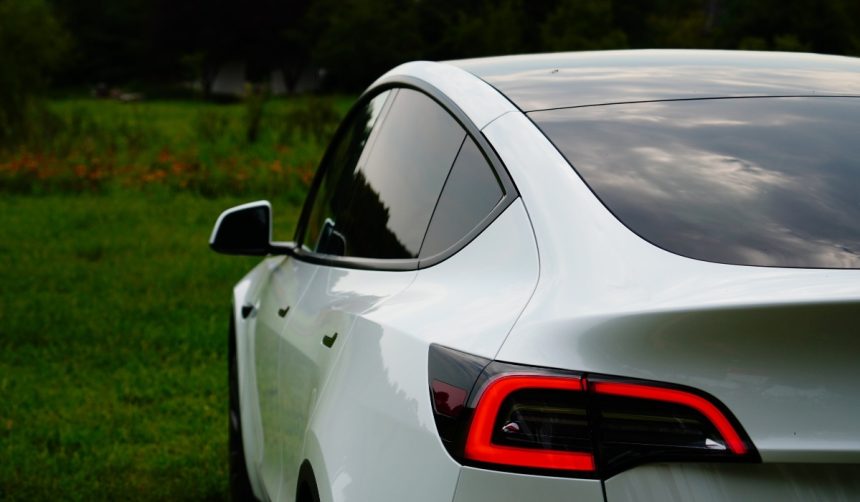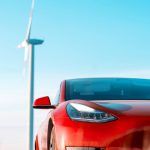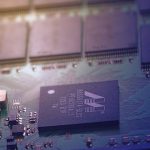Tesla has revealed its Model Y L, signaling a focused push into China’s highly competitive premium family SUV sector. By prioritizing space, comfort, and affordability, the electric carmaker seeks to broaden its reach among families while directly challenging more expensive alternatives like the Model X. The Model Y L’s configuration appears suited for both day-to-day usability and potential integration into future autonomous vehicle services. This launch arrives during intense competition among EV manufacturers, especially in China, where swift innovation and optimized production can shift consumer loyalty rapidly.
When looking at earlier reports about Tesla’s product launches, previous models such as the standard Model Y and Model 3 received attention for their balance between price, range, and functionality but often faced limitations in interior spaciousness and advanced features. The Model Y L marks a noticeable shift, catering specifically to family demands and the autonomous mobility sector. Unlike some rivals that have focused more on premium features or self-driving technology in isolation, Tesla has blended generous cabin space and comfort amenities with scalable pricing and manufacturing strategies. This multi-pronged approach represents a significant development in both Tesla’s design philosophy and its market positioning, reflecting new priorities in the EV landscape.
How Does the Model Y L Stand Out for Families?
Designed with a focus on versatility, the Model Y L includes second-row seating with both cooling and heating functionality, and adult-sized accommodation in the third row. The vehicle’s features prioritize passenger comfort, such as electric armrests and extendable thigh support in the second row, while third-row A/C vents aim to maintain temperature consistency for every occupant. These improvements address earlier criticisms directed at some of Tesla’s compact SUVs regarding rear seat comfort and accessibility.
What Role Might Model Y L Play in Autonomous Services?
Interest in the Model Y L extends into the autonomous ride-hailing sector, where comfort and passenger capacity are central criteria. With its three-row seating, Tesla’s latest iteration could serve as both a family vehicle and as part of ride-hailing fleets. A company representative suggested,
“We see the Model Y L as a versatile addition to our lineup, suitable for both personal and shared mobility,”
and emphasized adaptability for next-generation transportation use cases.
Can Tesla Disrupt the Autonomous Ride-Hailing Market?
The Model Y L’s price positioning provides a clear cost advantage. Priced at $47,180 in China, it enters the market well below the estimated production costs of autonomous competitors such as Waymo’s self-driving vehicles. Tesla leverages its scalable manufacturing by utilizing the same production lines for both the Model Y L and the standard Model Y, enabling rapid fleet deployment for ride-hailing operations. According to Tesla,
“Our streamlined manufacturing allows us to scale quickly without sacrificing quality or increasing unit costs,”
hinting at a strategic advantage against less flexible rivals.
Demand for high-capacity EVs suitable for both family use and shared mobility platforms continues to grow, especially in key markets like China. Tesla’s efforts with the Model Y L combine mass-market appeal and pricing with preparations for the anticipated expansion of autonomous ride-hailing fleets. For consumers, this means more affordable choices without trade-offs in passenger comfort or utility. Businesses contemplating large-scale autonomous vehicle investments may also find value in Tesla’s production efficiency and model flexibility. Scrutinizing developments across these fronts will provide insight into future shifts in both private and shared electric mobility.
- The Tesla Model Y L joins China’s premium family SUV market.
- Its features target families and potential autonomous ride-hailing use.
- Scalable manufacturing and competitive pricing may impact industry leaders.










